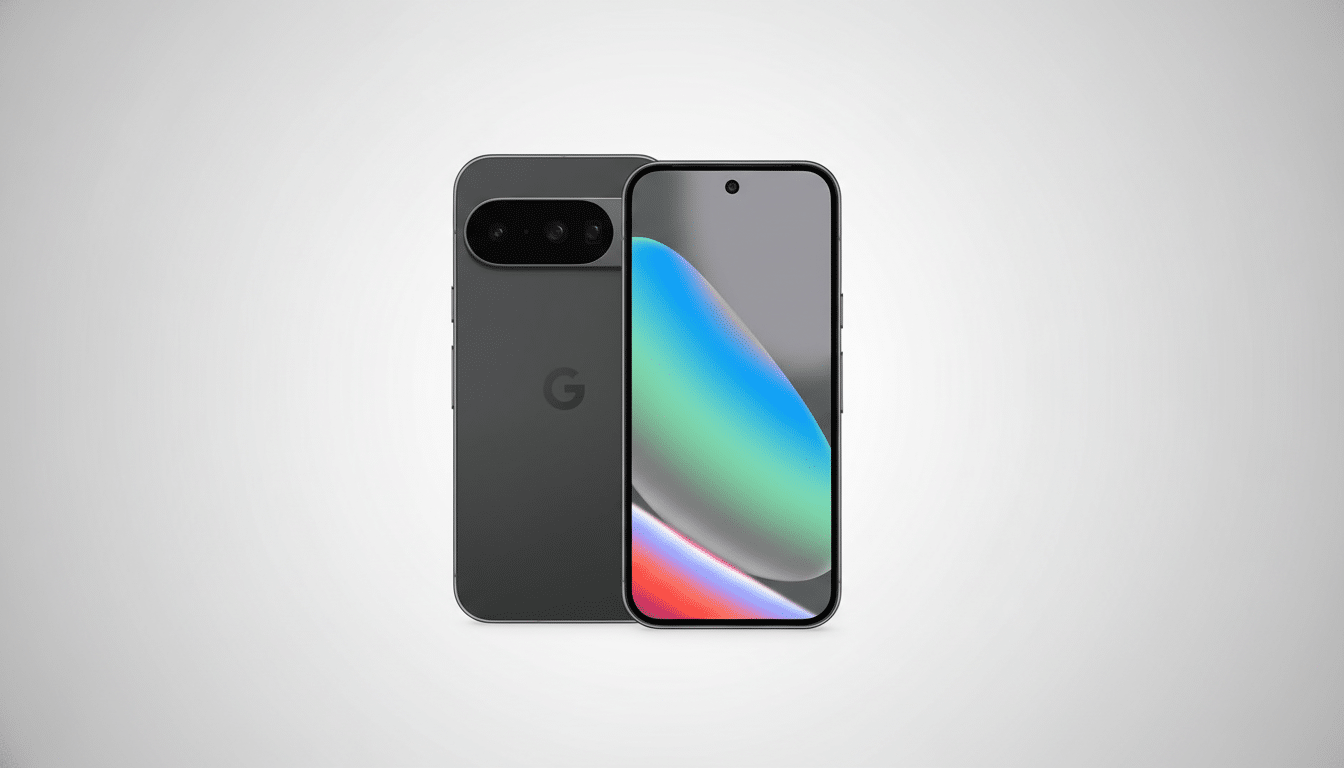Google’s newest flagship has quietly taken the lead for Linux on mobile. The Pixel 10 is the only Android phone that currently enables GPU-accelerated rendering for Linux apps through the Android Linux Terminal in Android 16 QPR2, giving it smoother, more responsive performance than other devices still stuck on software rendering.
Why Pixel 10 pulls ahead in GPU-accelerated Linux apps
The difference comes down to Gfxstream, a graphics virtualization layer that forwards graphics API calls from the guest Linux virtual machine to the phone’s GPU. While other phones run Lavapipe, a CPU-based Vulkan software renderer, the Tensor G5’s GPU does the heavy lifting in compositing, rasterization, and shader execution.

In practice, that means far faster window draws, smoother scrolling, and dramatically better performance for any GUI-heavy Linux app.
Developers sifting through Android 16 QPR2 builds found a device overlay on the Pixel 10 that explicitly enables Gfxstream in the Terminal app. That overlay isn’t present on other Pixels running the same software, suggesting Google has flipped the switch only on its latest model, likely to validate stability and performance on a single hardware target before a broader rollout.
How GPU acceleration changes Linux apps on Android
Linux on Android isn’t emulation. It’s using the Android Virtualization Framework with pKVM and crosvm to boot a secured, sandboxed Linux environment. The initial use case was command-line Linux apps. Graphical apps worked through Lavapipe, which, in its most performance-critical configuration, “emulated” missing features by having the CPU compute every pixel every frame, causing laggy UI, high power draw, and poor perceived frame rate. Surely, poor frame pacing and unsynced display scanners played their part, but without GPU passthrough or acceleration, the experience was bad.
GPU acceleration changes this. GIMP, Krita, a modern terminal with a GPU-backed text rendering library all offload their compute work to silicon designed to run millions of instances of those programs in parallel. The Khronos Group’s Vulkan overview highlights the scale of that gap: a high-end mobile GPU can run thousands of shader cores in parallel, whereas a high-end CPU can only get a few percent of its ~16/24/32 high-performance threads running at peak in most graphics workloads. Even when ignoring the Tensor G5’s GPU’s limitations as a gaming powerhouse, it’s orders of magnitude more powerful than any modern mobile or even laptop CPU for a graphics pipeline.
Early performance gains and current limitations on Pixel 10
Real-world testing only confirms the alleged uplift but also exposes the rough edges of a literal first pass. A Pixel 10 user report shows the Linux VM detecting the Vulkan driver on the device and exposing 47 of the 142 Vulkan extensions the host system supports. That means a vast portion of apps still falls back to less efficient code paths; a few even end up slower than when using the software renderer when a critical extension has partial or full emulation-quality support.

In theory, Gfxstream should approach near-native performance for compatible workloads because it forwards API calls rather than translating them through multiple layers. In practice, there’s work ahead: broader extension coverage, tighter synchronization between the guest compositor and Android’s SurfaceFlinger, and potential optimization for Wayland and X11 backends. Engineers familiar with AOSP Gerrit changes have noted steady progress across the Android Virtualization Framework and graphics stack, so expansion is likely.
What this means for developers and power users
For developers, this unlocks a credible path to run Linux GUIs on a phone without resorting to clunky VNC sessions or chroot setups. Think IDEs, database clients, container dashboards, or GPU-accelerated plotting tools. With acceleration, the experience becomes usable for real work: windows resize fluidly, text renders crisply, and interactions feel immediate.
For security-conscious users, virtualization keeps the Linux environment isolated, aligning with Google’s emphasis on strict separation in its platform security papers. The benefits also extend to form factors beyond phones. As Android pushes further into large screens and desktop modes, parity with Linux tooling becomes a competitive advantage. A Google-backed Terminal that can run mainstream Linux apps with hardware acceleration makes Android a more credible workstation companion.
What to watch next as Google tests broader support
All eyes are on expansion. There’s no hard evidence that Gfxstream depends on Pixel 10-specific hardware, which implies the limitation is policy, testing, or driver maturity. If Google broadens support, expect newer Pixels and select partner devices to join, provided their Vulkan drivers and virtualization stacks pass muster.
Until then, the verdict is simple: If you are looking for the best experience running Linux apps on Android today, the Pixel 10 stands in a class of one.
Not only does GPU acceleration enable Linux GUIs on a phone, it makes them useful.

